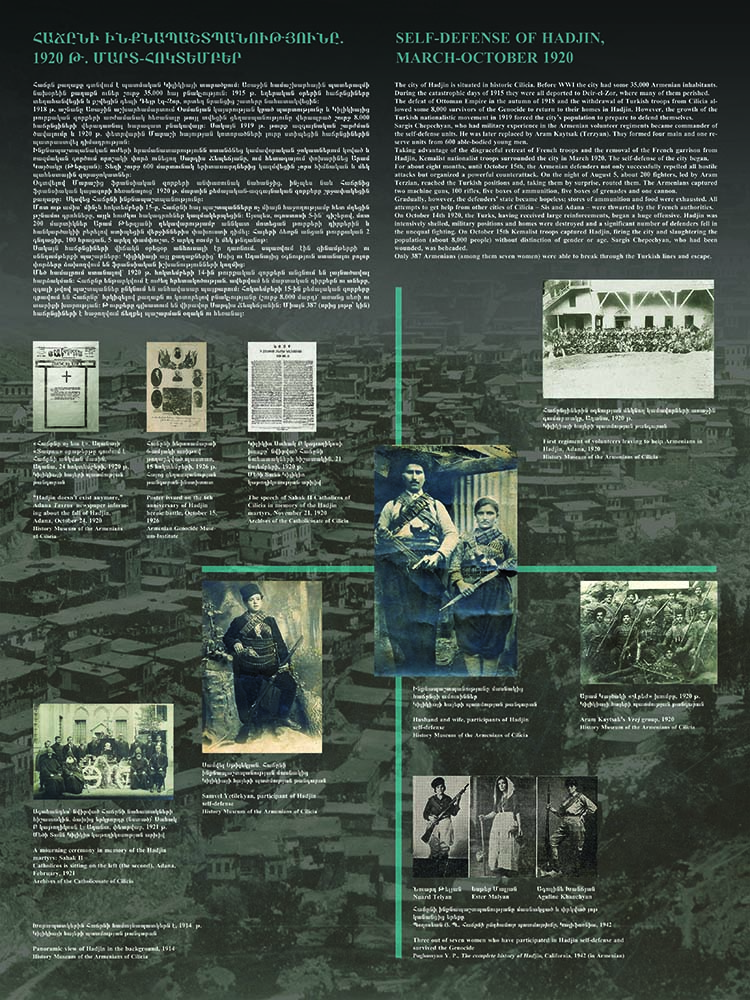
The city of Hadjin is situated in historic Cilicia. Before WWI the city had some 35,000 Armenian inhabitants. During the catastrophic days of 1915 they were all deported to Deir-el-Zor, where many of them perished.
The defeat of Ottoman Empire in the autumn of 1918 and the withdrawal of Turkish troops from Cilicia allowed some 8,000 survivors of the Genocide to return to their homes in Hadjin. However, the growth of the Turkish nationalistic movement in 1919 forced the city’s population to prepare to defend themselves.
Sargis Chepechyan, who had military experience in the Armenian volunteer regiments became commander of the self-defense units. He was later replaced by Aram Kaytsak (Terzyan). They formed four main and one reserve units from 600 able-bodied young men.
Taking advantage of the disgraceful retreat of French troops and the removal of the French garrison from Hadjin, Kemalist nationalist troops surrounded the city in March 1920. The self-defense of the city began.
For about eight months, until October 15th, the Armenian defenders not only successfully repelled all hostile attacks but organized a powerful counterattack. On the night of August 5, about 200 fighters, led by Aram Terzian, reached the Turkish positions and, taking them by surprise, routed them. The Armenians captured two machine guns, 100 rifles, five boxes of ammunition, five boxes of grenades and one cannon.
Gradually, however, the defenders’ state became hopeless; stores of ammunition and food were exhausted. All attempts to get help from other cities of Cilicia – Sis and Adana – were thwarted by the French authorities.
On October 14th 1920, the Turks, having received large reinforcements, began a huge offensive. Hadjin was intensively shelled, military positions and homes were destroyed and a significant number of defenders fell in the unequal fighting. On October 15th Kemalist troops captured Hadjin, firing the city and slaughtering the population (about 8,000 people) without distinction of gender or age. Sargis Chepechyan, who had been wounded, was beheaded.
Only 387 Armenians (among them seven women) were able to break through the Turkish lines and escape.
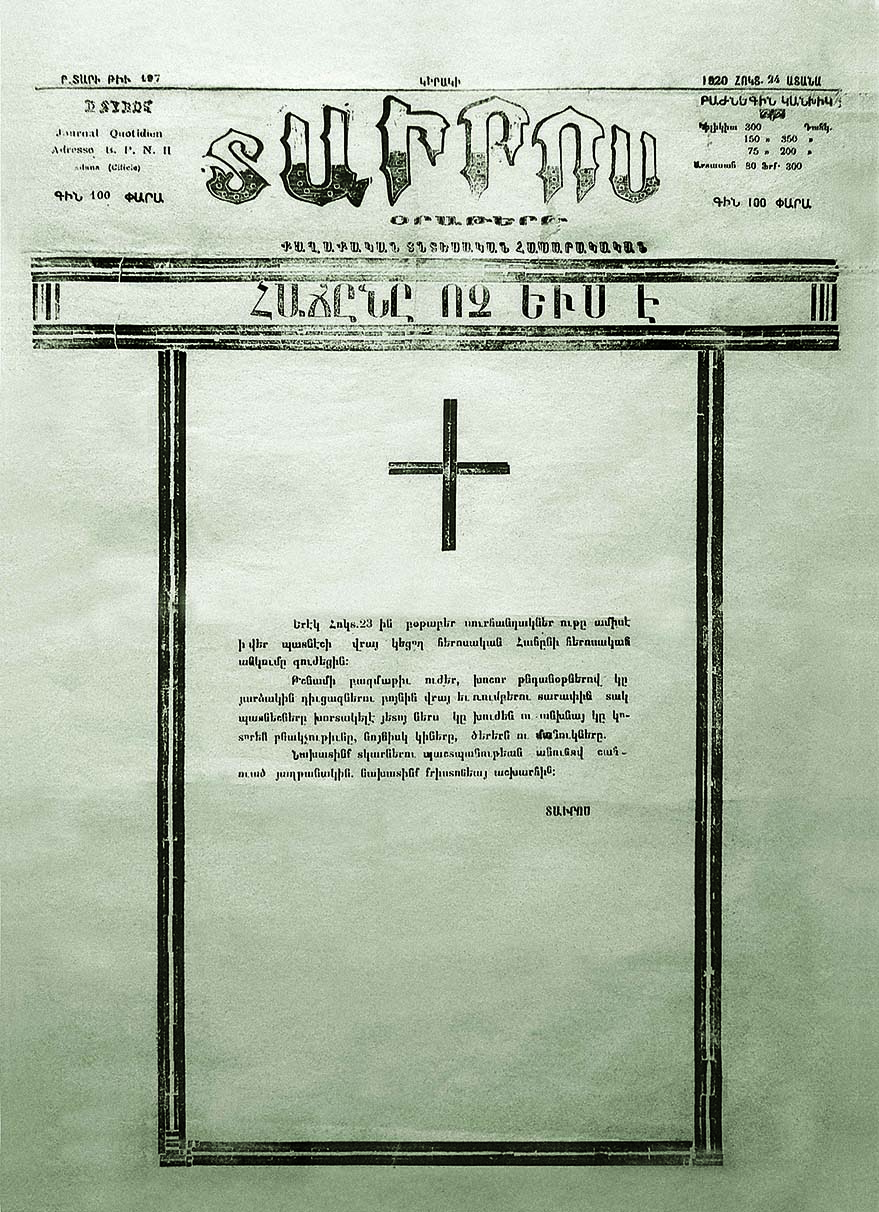
“Hadjin doesn’t exist anymore,” Adana Tavros newspaper informing about the fall of Hadjin, Adana, October 24, 1920
History Museum of the Armenians of Cilicia
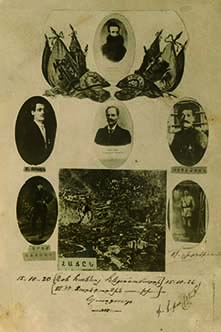
Poster issued on the 6th anniversary of Hadjin heroic battle, October 15, 1926
Armenian Genocide Museum-Institute
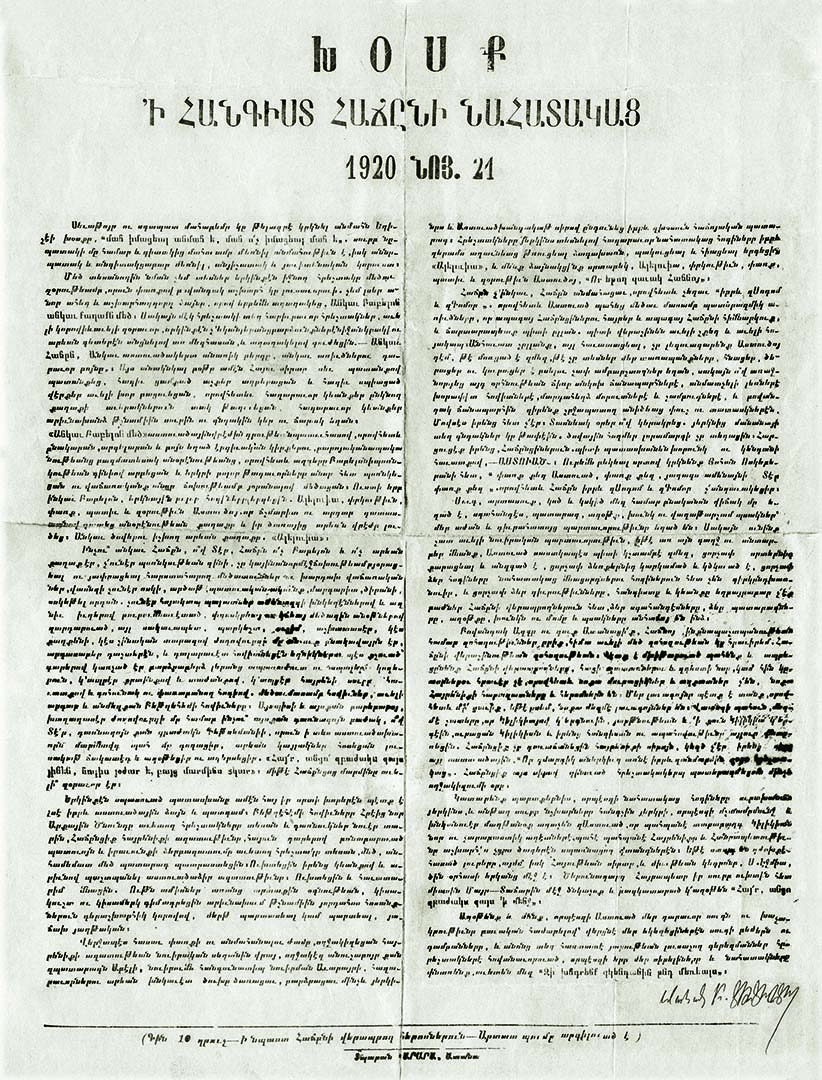
The speech of Sahak II Catholicos of Cilicia in memory of the Hadjin martyrs, November 21, 1920
Archives of the Catholicosate of Cilicia
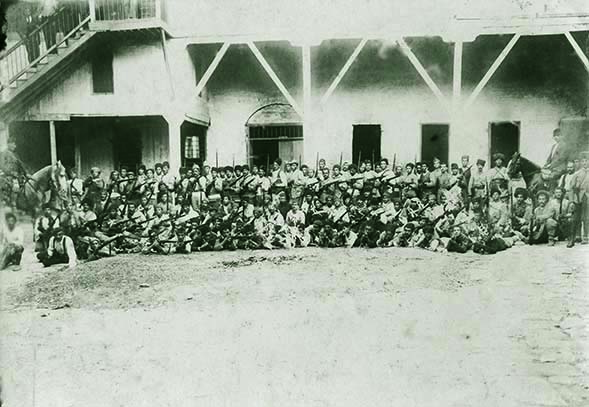
First regiment of volunteers leaving to help Armenians in Hadjin, Adana, 1920
History Museum of the Armenians of Cilicia
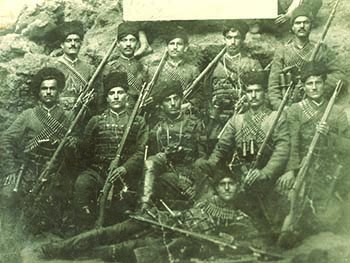
Aram Kaytsak’s Vrej group, 1920
History Museum of the Armenians of Cilicia

Husband and wife, participants of Hadjin self-defense
History Museum of the Armenians of Cilicia
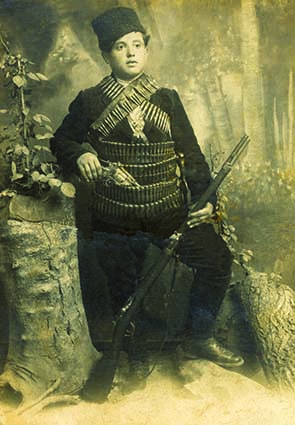
Samvel Yetilekyan, participant of Hadjin self-defense
History Museum of the Armenians of Cilicia
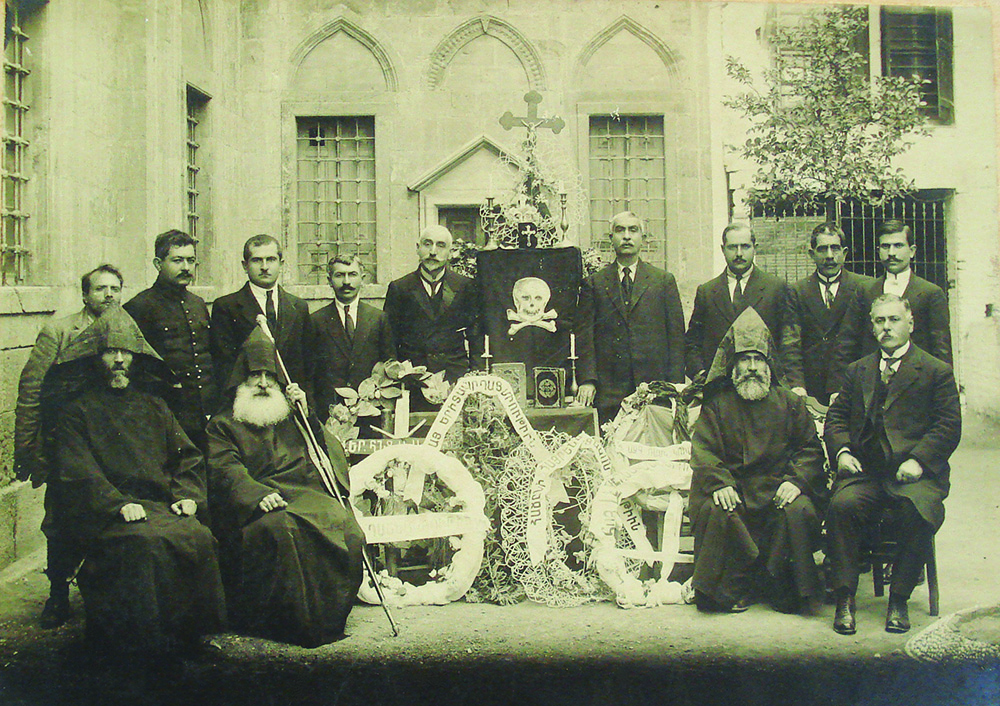
A mourning ceremony in memory of the Hadjin martyrs: Sahak II Catholicos is sitting on the left (the second), Adana, February, 1921
Archives of the Catholicosate of Cilicia
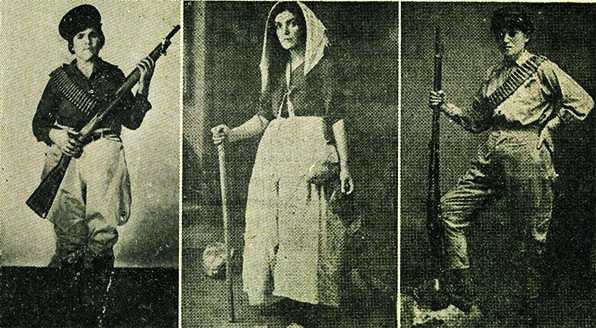
Three out of seven women who have participated in Hadjin self-defense and survived the Genocide Poghossyan Y. P., The complete history of Hadjin, California, 1942 (in Armenian)
Nuard Telyan
Ester Malyan
Aguline Khanchyan





